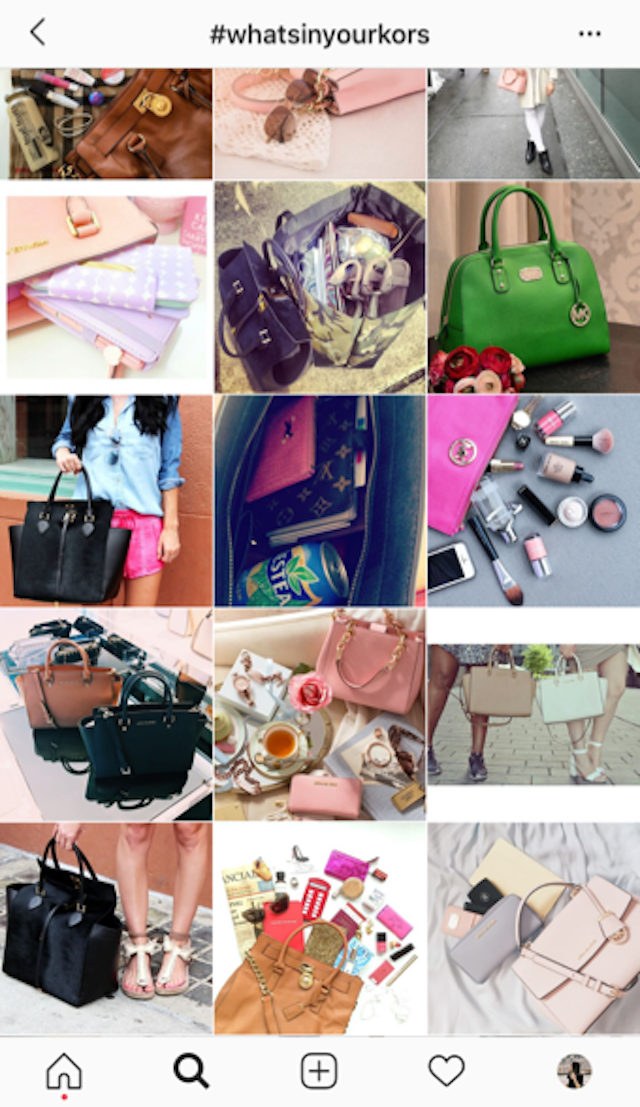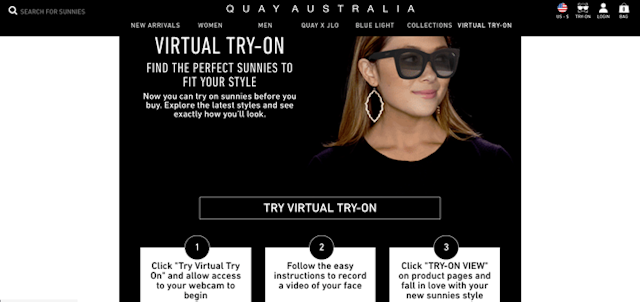Marketing for millennials in fashion - the how, and why
The millennial: formally known as Generation Y, who were born approx. between 1982 and 2000. Oh they are an elusive individual, the socially-conscious, Instagram-loving, avocado on toast obsessed folk. Rarely do you not come across the term daily. Millennials have grown up in the age of the digital revolution. We’ve witnessed the evolution of the iPod, rise of social media and online shopping. With advertising changing to meet the demands of its consumers, it’s no surprise that instant information seems to be key. Blogs and social networking sites are core to brands expanding their marketing strategies to become more diverse.

Zazzle Media suggest ways brands can target millennials interested in fashion with their marketing.
Let’s take a further look at the fashion brands who are getting this right. Brands that have found a way to make each of us feel valued, brands that have retained a devoted customer base which have become mini ambassadors, spreading the word about the products they absolutely adore!
1. Show people why they’re special
Millennials love to feel... well loved. Personalisation and customisation are two sides of the same coin. However, this definitely goes beyond the typical everyday email sent direct to their inbox with a subject line addressed on a first name basis. Content not only has to be personalised now, but empowering. Sportswear giant Nike has been empowering its customers in this way for quite some time. Tapping into the trend for customisation and leaning towards personal expression, Nike by You allows customers to personalise their trainers online. It’s still branded Nike, but it is distinctly you. Select your style, edit the design and change the colours to suit your self expression.

Moving from standard personalisation, brands which create a personalised experience will create a stronger connection. Nike want to make you feel uniquely understood and is winning millennials by offering a service that is custom to their specific wants and needs. It puts an emphasis on self-expression by letting the consumer be in control.
2. Create millennial hysteria
Unexpected collaborations and blurring the lines between luxury designers and streetwear appeals to a younger consumer base. Traditional high-end brands are becoming increasingly more relevant to millennial shoppers.
H&M x Alexander Wang, Nike x Off White, Puma x Fenty, Louis Vuitton x Supreme... the list goes on. Collaborations like these often mix big designer brands with high street labels. We’ve seen a rise of high-profile collaborations happening between luxury labels and mass retailers to offer mainstream capsule collections. More recent examples include Stella McCartney for Adidas, or Balmain for H&M. In demand products tend to sell out instantly.

The key takeaway here is that brands are driving demand by creating limited-edition products on purpose with stock limitations, so for the consumer it’s a case of needing it not wanting it. See how well your brand can work in partnership with another brand, create something unique for a limited time and watch how your target audience of millennials will yearn for it.
3. Embracing a higher purpose
Millennials buy into socially conscious brands. They are a generation of people who are conscious of the environmental and social impact of their purchase decisions. With a growing emphasis on sustainable shopping and thinking more about longevity, it’s important that brands can make this chime with their own personal values. Millennials are more inclined to purchase from brands that adopt an ethical and sustainable production methodology.
Stella McCartney is amongst those who uses sustainable practices, by launching a new collection with Adidas which is made entirely from recycled materials. It highlights the importance of protecting the environment by using recycled materials such as polyester, organic cotton and plastic from the ocean. Putting a spin on the iconic Stan Smith sneaker by making it vegan, has opened the doors to a different demographic – showing how a brand can stay relevant with the times.

Tip: Think about the current social climate and think about how your brand can make a difference to it and add to the conversation.
4. Living the brand story
Brands that are known for rewarding their shoppers are usually fan favourites. In a competitive market, making your customers feel like they’re part of a ‘community’ makes it far more personal and allows them to interact with the brand. For example, H&M recently formed its new ‘H&M Club’ membership, offering you to sign up for free to become a member. This scheme allows customers to accumulate points from their shopping which in turn unlock exclusive offers and rewards.

The fact that this is only available via the H&M app also showcases another way of saying goodbye to plastic membership cards - which is another millennial win.
More on this point, we’ve seen a rise of user generated content. Where consumers are encouraged to behave like brand ambassadors, which is just another way of letting your audience live your brand story and display authenticity.
Michael Kors launched its #WhatsInYourKors campaign back in 2013, to build long term customer relationships. It encouraged fans to share a photo of what was inside your handbag, sparking styling and fashion tips on Twitter and Instagram.

Another brand renowned for their user generated content is Glossier. They call themselves a ‘people powered beauty eco-system’ – rewarding their consumers by allowing them to be part of their social media feed.

Rewarding your audience in this way can lead to an explosion of growth in your business, as the connection between your products and their life is what they want to showcase, reward them and they will reward you back!
5. Be a part of the buying experience
With advances in tech, it’s no surprise that virtual experiences is successful with millennial audiences. Keeping users engaged through augmented reality leads to longer times spent browsing online and interacting with products. With most of us taking more to online shopping, AR offers a unique interpretation of the product without having to physically go in store to take a look.
Quay Australia has a virtual try on to find the perfect sunglasses. It allows you to record your face, browse through the sunglasses collection and position them on your face to find a style that suits you.

Seeing how a product can look on you, without having to leave your house is as close as it gets to guaranteeing a purchase with more satisfaction. This is an exciting innovation for online retailers by standing out of the crowd and establishing a unique marketing experience.
Time to wrap it up!
We’ve learnt that all these brands make amazing products which are authentic, mobile friendly and interactive. Putting their consumers at the heart because they know millennials spread the word and rave about what they love. By attracting millennials with any of the strategies above, prepare to see it on social and an increase in brand loyalty.
Econsultancy said that 59% of millennials admit to making product recommendations to others. With many speaking up on digital platforms, they have a huge influence on online shoppers acting upon product recommendations. It’s definitely a market to cater to when considering your next target audience.
Farah Hussain is the senior PR executive at Zazzle Media.
Content by The Drum Network member:

Zazzle Media
We've been illuminating content marketing, since 2009. Matching innovative content with a targeted audience of value is our mission.
Our promise, as it always...

